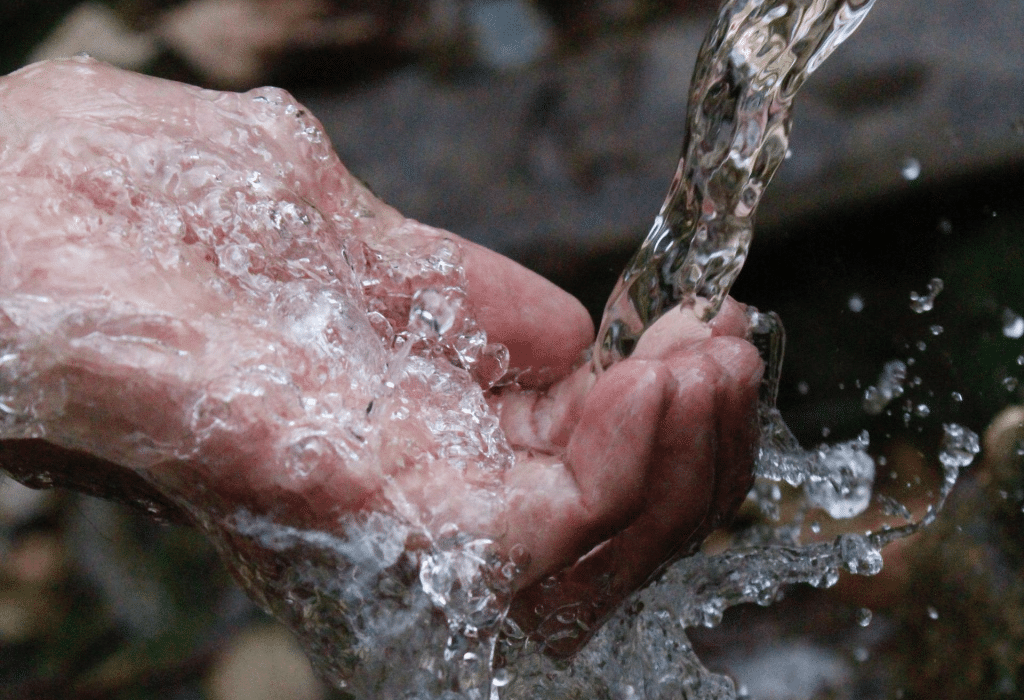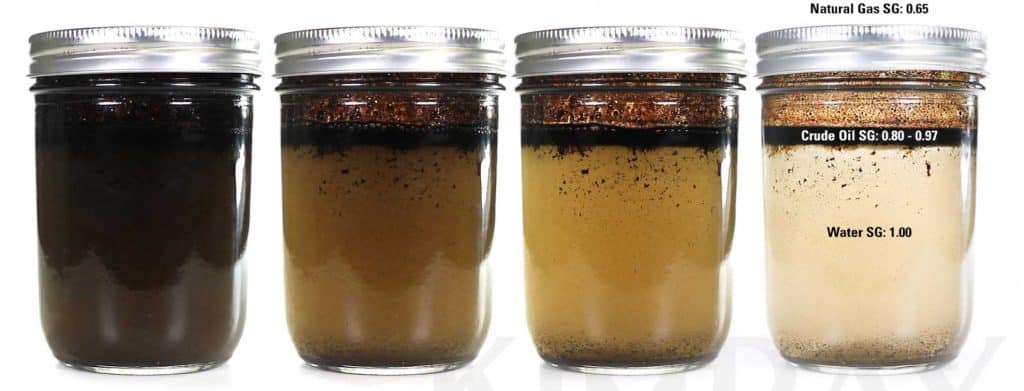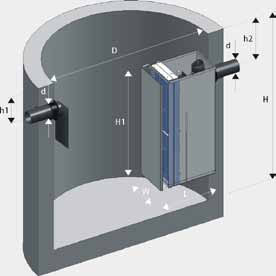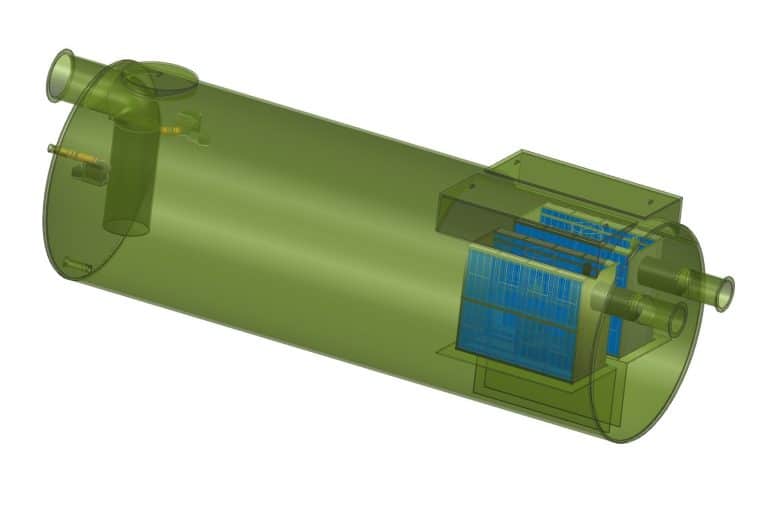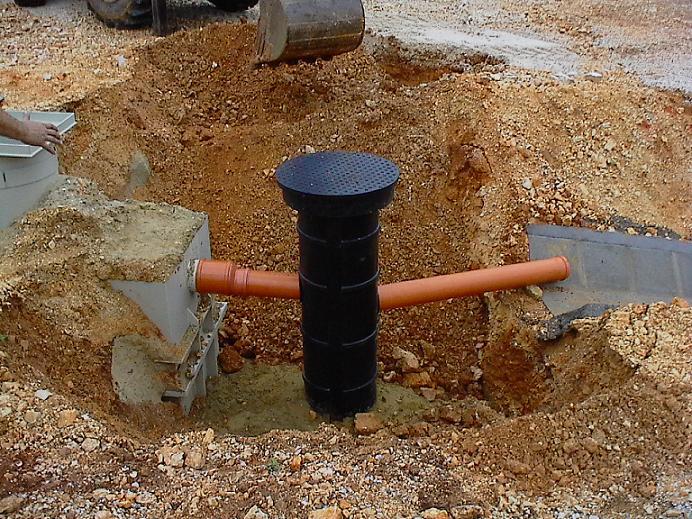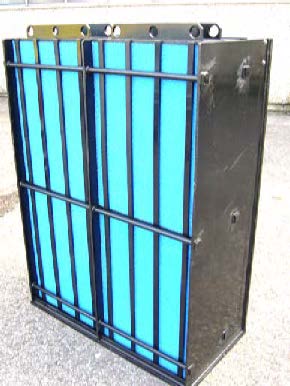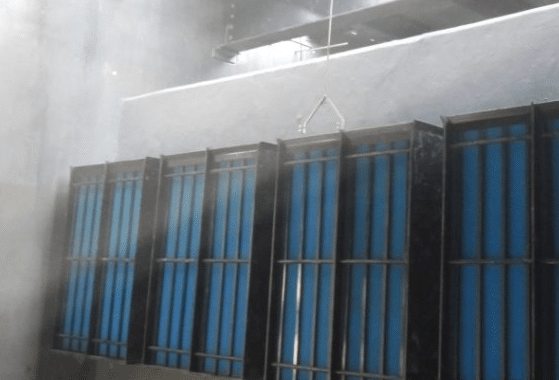Ever wondered if Can Oil Water Separators Handle All Types of Oil? The truth is, their efficiency varies greatly based on the oil type. These important devices are designed to clean wastewater contaminated with oil, grease, and hydrocarbons. They play a key role in industries like oil refineries, petrochemical plants, and marine sectors.
They help facilities meet strict regulations. Knowing if oil water separators can handle all types of oil is vital for improving industrial operations.
Key Takeaways
- Oil water separators are essential for various industries, including marine, industrial wastewater treatment, and oil refineries.
- The type of separator chosen can significantly influence operational efficiency based on oil types and sizes.
- Effective separation processes often rely on coalescing smaller oil droplets into larger ones.
- Regulatory standards typically require treated water to have oil levels below 15 ppm to protect aquatic ecosystems.
- Different separator designs cater to specific applications to optimize oil water separator efficiency.

Understanding Oil Water Separators
An oil water separator is a key device that removes oil, grease, and solids from wastewater. It’s vital in industries that worry about water pollution. Knowing how oil water separators work helps us see their role in keeping our environment clean.
What is an Oil Water Separator?
An oil water separator uses buoyancy and gravity to separate oil from water. The oil floats on top, making it easy to remove. This leaves clean water to be safely released.
There are different types of oil water separators. Traditional gravity-based ones remove about 60-80% of oil. Advanced coalescing separators can remove up to 95% of oil, making them better for certain needs.
How Do Oil Water Separators Work?
The design and technology of oil water separators are key to their success. For example, centrifugal separators can remove up to 99% of certain oils. This makes them great for tough jobs.
Gravity separators let oil rise because it’s less dense than water. Coalescing separators use special media to help oil droplets merge and rise more easily. Choosing the right separator is important for good performance in different settings.
Types of Oils Managed by Separators
Oil water separators are key in many industries. They handle different types of oils well. This is important to keep water clean.
They deal with oils like motor oil, diesel, gasoline, and more. Each type of oil has its own density and viscosity. This means each separator is made to handle specific oils.
Common Oils Handled by Separators
Each separator is designed for different oils. Gravity oil separators work well with clean oil-water mixes. They don’t need extra energy.
Centrifugal separators use force to separate oils more efficiently. They’re great for managing large amounts of fluid. Coalescing separators remove tiny oil droplets that gravity can’t catch.
Hydrocyclone separators are small but powerful. They fit in tight spaces and work well in many places.
Limitations of Oil Water Separators
Even though they’re good, oil water separators have their limits. They can’t handle oils that are mixed with water too well. Or oils with solid particles.
For very mixed oils, you need more advanced systems. It’s also important to follow the rules for oil water separators. They must meet strict standards to avoid harming the environment and facing fines.
Knowing what they can and can’t do helps use them right. This ensures they work well and meet the rules in different situations.
Freytech Inc. and Separation Efficiency
Freytech Inc. leads in solving oil water separation problems. They focus on high oil water separator efficiency. This helps industries meet strict hydrocarbon discharge limits. Freytech uses advanced tech for effective treatment, keeping the environment safe.
Achieving 5 PPM Separation Efficiency
Freytech’s separators make discharge water very clean, with a 5 PPM efficiency. This is thanks to their enhanced coalescing technology. Oil droplets get bigger and float, making it easy to separate them from water.
The design works for different flow rates, from 25 to over 640 gallons per minute. This meets many operational needs.
Enhanced Coalescing Technology Explained
Freytech’s enhanced coalescing technology boosts oil and water separation efficiency. It catches free oil and tiny bits of emulsified oil, down to 0.1 PPM. The coalescing media is also washable and lasts long, even in tough conditions.
By using these systems, businesses can improve oil water separator efficiency. This leads to cleaner wastewater treatment and follows local rules.
Superior Performance with Freytech Separators
Freytech’s advanced separator packages lead the market in managing trace emulsified oil separation. They are perfect for industries with strict discharge rules. These separators can handle different hydrocarbons with specific gravities between 0.82 and 0.88.
They can separate oil efficiencies below 5 PPM from influent concentrations of 2000 PPM. This ensures they meet strict standards.
Trace Emulsified Oil Separation
The technology in Freytech separators captures tiny oil droplets. This allows for the removal of emulsified oils down to 0.1 PPM. This is key for places like mechanical shops and car washes.
Keeping oil levels low in treated water helps meet compliance. It also avoids fines under the US EPA’s Clean Water Act.
Separation Efficiency for Various Fuels
Freytech separators work well with different fuels like diesel, gasoline, and biofuels. Their design can process up to 1000 Imperial gallons per minute. This supports large operations and ensures oil and water separation.
Regular maintenance is vital. This includes cleaning filters and checking tanks. It keeps the separators working at their best. This helps industries follow environmental regulations.
The Importance of Regulatory Compliance
For industries dealing with oil-contaminated wastewater, following rules is key. They must manage wastewater well to meet North American hydrocarbon discharge limits, usually 10 PPM. These limits help keep water clean, protect nature, and avoid big fines.
North American Hydrocarbon Discharge Limits
The North American hydrocarbon discharge limits are vital for protecting the environment. They apply to many industries like steel, mining, and food processing. To follow these rules, facilities use oil water separators.
These separators can handle different types of water pollutants. They help meet the required discharge standards.
Benefits of Meeting 10 PPM Standards
Following the 10 PPM standards helps avoid financial penalties and supports the environment. Keeping oil water separators in good shape is important. It makes them work better and last longer.
Businesses also save money by avoiding downtime and clean-up costs. Staying compliant makes a company look good. It shows they care about the environment and meet social responsibility goals.
Reusable Coalescing Media
Modern oil water separators use reusable coalescing media. This brings many benefits that boost system performance. It cuts down on costs and reduces harm to the environment.
Being able to clean and reuse the media reduces waste. It also keeps the system running efficiently for years.
Advantages of Reusable Media
Reusable coalescing media is great at removing oil droplets over 20 microns. It helps achieve very low levels of oil in the water, even as low as 5 ppm. Its design also speeds up oil droplet coalescing, making separation more efficient.
This efficiency means less maintenance and fewer replacements. It’s a cost-effective choice for many.
Maintenance and Care for Longevity
Keeping reusable coalescing media in good shape is key. Regular checks and cleanings, as suggested in oil water separator maintenance tips, extend its life. These steps prevent buildup that could slow it down.
Keeping records of maintenance and water quality tests is important. It helps prove the system is working right and protects the environment.
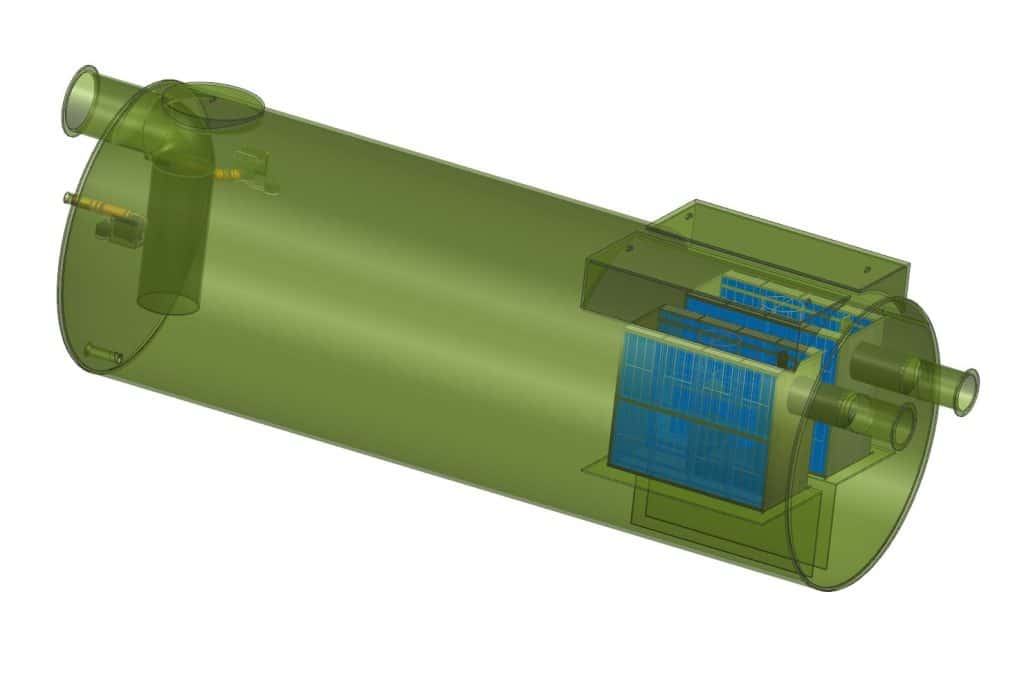
Patented Oil Skimmer Feature
The patented oil skimmer feature in Freytech separators makes oil recovery easier. It automates the process of separating and removing oil. This makes operations more efficient and helps manage recovered fluids better.
How the Oil Skimmer Works
This advanced skimmer drains oil from the tank into a separate container. It keeps the oil 99.7% free from water. It can handle flow rates from 1 to 100 gallons per minute (GPM), fitting different needs.
The system makes oil extraction smoother. It reduces the need for manual work, helping facilities run better.
Benefits of Mechanical Draining
Mechanical draining saves labor and makes disposing of residues more efficient. It helps businesses follow environmental rules better. The tanks can hold from 300 to 1,931 gallons, depending on the model.
Facilities can focus more on their main tasks. They don’t get interrupted by manual skimming. This improves their workflow and efficiency.
Value of Efficiently Skimmed Used Oil
Efficiently skimmed used oil is a valuable resource for industries aiming for sustainability. Advanced oil water separators help businesses recycle used oil cost-effectively. This turns waste into a reusable commodity.
Companies with the right technology can cut down on disposal costs. They also support a circular economy model.
Recycling Used Oil Cost-Effectively
Robust oil water separators help companies process large amounts of used oil efficiently. Coalescing oil separators can remove less than 10 ppm of oil, meeting strict standards. This saves money by lowering disposal fees and reusing recycled oil.
This approach focuses on reducing waste and managing resources wisely.
Environmental Benefits of Oil Recycling
Oil recycling offers more than just waste management. It reduces pollution, saves natural resources, and supports sustainability. Reused oil cuts down on the need for new oil extraction and processing.
Companies that recycle oil improve their environmental image. They also meet regulatory standards, boosting their market standing.
Applications of Freytech Separator Packages
Freytech separator packages are key in many industries. They help separate oil from water effectively. This is important for treating wastewater and meeting environmental rules.
They are used in oil and gas, power, construction, food, and marine sectors. The oil and gas sector is a big user, making up 31.6% of the market in 2023. Marine industries are also growing, with a 4.0% CAGR expected by 2030.
These separators help companies follow laws like the Clean Water Act. They also make operations more efficient with their advanced technology.
Case Studies of Successful Implementation
Companies have seen big improvements with Freytech’s oil-water separation. They’ve seen separation levels as low as 0.1 PPM. In North America, 32.36% of the market used these separators in 2023.
Using Freytech packages meets growing demands. It also helps companies follow strict discharge limits. This boosts sustainability and energy efficiency in many areas.
Contact Freytech Inc. for More Information
If you’re looking for top-notch oil water separators and custom solutions, contacting Freytech Inc. is a must. Our team is here to offer expert advice on oil water separation. We help industries like mining, steel, and power generation manage their wastewater.
Whether you want to learn about our advanced coalescing technology or need help with compliance, our experts are ready to help.
How to Reach Us
To talk to our team, call Freytech Inc. at +1 (305) 372-1104. We’re here to guide you in finding the best solutions for oil water separation. Our goal is to help you achieve high separation efficiencies and protect the environment.
Expert Consultation for Oil Water Separation Needs
Freytech’s advisors offer tailored advice for your industry’s specific challenges. We have solutions for various needs, from high-flow above-ground separators to systems that ensure 99.7% purity in skimmed oil. Reach out for an expert consultation to improve your oil water management.
